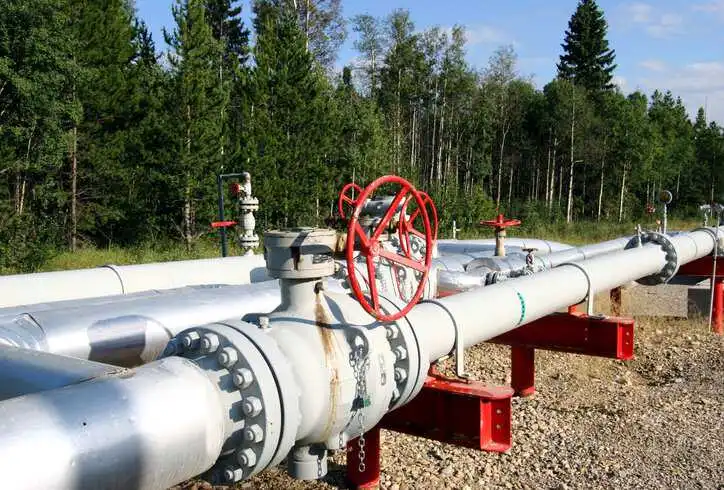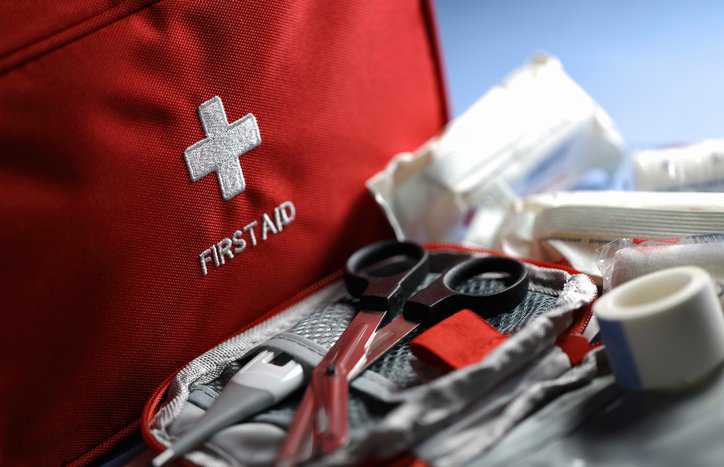CSA B149.1-2025: Natural Gas and Propane Installation Code

Natural gas and propane installation both involve connecting a fuel source to appliances. While natural gas requires a utility hookup, propane necessitates a tank installation and potentially appliance conversion for compatibility. Both natural gas and propane installations can be dangerous if not handled properly, potentially leading to explosions, fires, and carbon monoxide poisoning due to leaks or improper ventilation. CSA B149.1-2025: Natural Gas and Propane Installation Code provides requirements for natural gas and propane installation.
What Does the CSA B149 Series Cover?
The CSA B149 Series provides important guidance for the safe handling and storage of natural gas and propane, installation of related appliances and equipment, including vehicle refueling, and stationary gas engines and turbines, as well as for systems generating and using digester gas, landfill gas, and biogas.
What Is CSA B149.1?
Part 1 of the CSA B149 Series is CSA B149.1-2025, Natural Gas and Propane Installation Code. This code is a major component of the natural gas safety system in Canada and consequently is incorporated by reference into regulations by all provinces and territories. This 2025 edition of the code reflects the latest safety requirements and cutting-edge advances in industry technologies. CSA B149.1-2025, applies to the installation of the following:
- Appliances, equipment, components, and accessories where gas is to be used for fuel purposes
- Piping and tubing systems extending downstream from the termination of the utility installation or from any equipment extending downstream from the outlet of any propane container pressure regulator (commonly referred to as “first-stage regulator”)
- Vehicle-fueling appliances and associated equipment meeting the requirements of an appliance or the intended use of the appliance to fill a natural-gas-fueled vehicle
- Stationary gas engines and turbines.
Where the term “gas” is used, the requirements of CSA B140.1-2025 include, and apply equally to, any of the following gases or mixtures of them: natural gas, manufactured gas, hydrogen-natural gas blends or mixtures of propane gas and air, propane, propylene, butanes (normal butane or isobutane), and butylenes.
What Is Not in the Scope of CSA B149.1?
CSA B149.1-2025 does not apply to the following:
- Marine or pipeline terminals
- Gas used as a feedstock in petroleum refineries or chemical plants
- Utility pipeline distribution and transmission pipelines
- Storage and handling of liquefied natural gas or underground formations for natural gas
- The installation of natural gas vehicle (NGV) fuel systems, containers, and refueling stations
- The storage and utilization of compressed natural gas on boats
- The installation of vehicle-refueling stations as defined by CSA B108.1
- Refrigerated storage or underground formations for propane
- Propane used on boats
- Propane used as a propellant in aerosol containers
- Butane fuel cylinders of 6.2 oz (175 g) capacity or less
- The installation of containers and equipment to be used for propane in distribution locations and filling plants and on tank trucks, tank trailers, and cargo liners
- Propane used as refrigerant
How Is CSA B149.1 Connected to Sustainable Development Goals (SDGs)?
In support of shaping a sustainable and resilient future, CSA B140.1-2025 has notable linkages with the following SDGs:
- SDG 7: Affordable and Clean Energy
- SDG 11: Sustainable Cities and Communities
The CSA Group develops and maintains standards-based solutions across a broad range of topics, most of which support the United Nations Sustainable Development Goals (UN SDGs).
CSA B149.1-2025: Natural Gas and Propane Installation Code is available on the ANSI Webstore.






